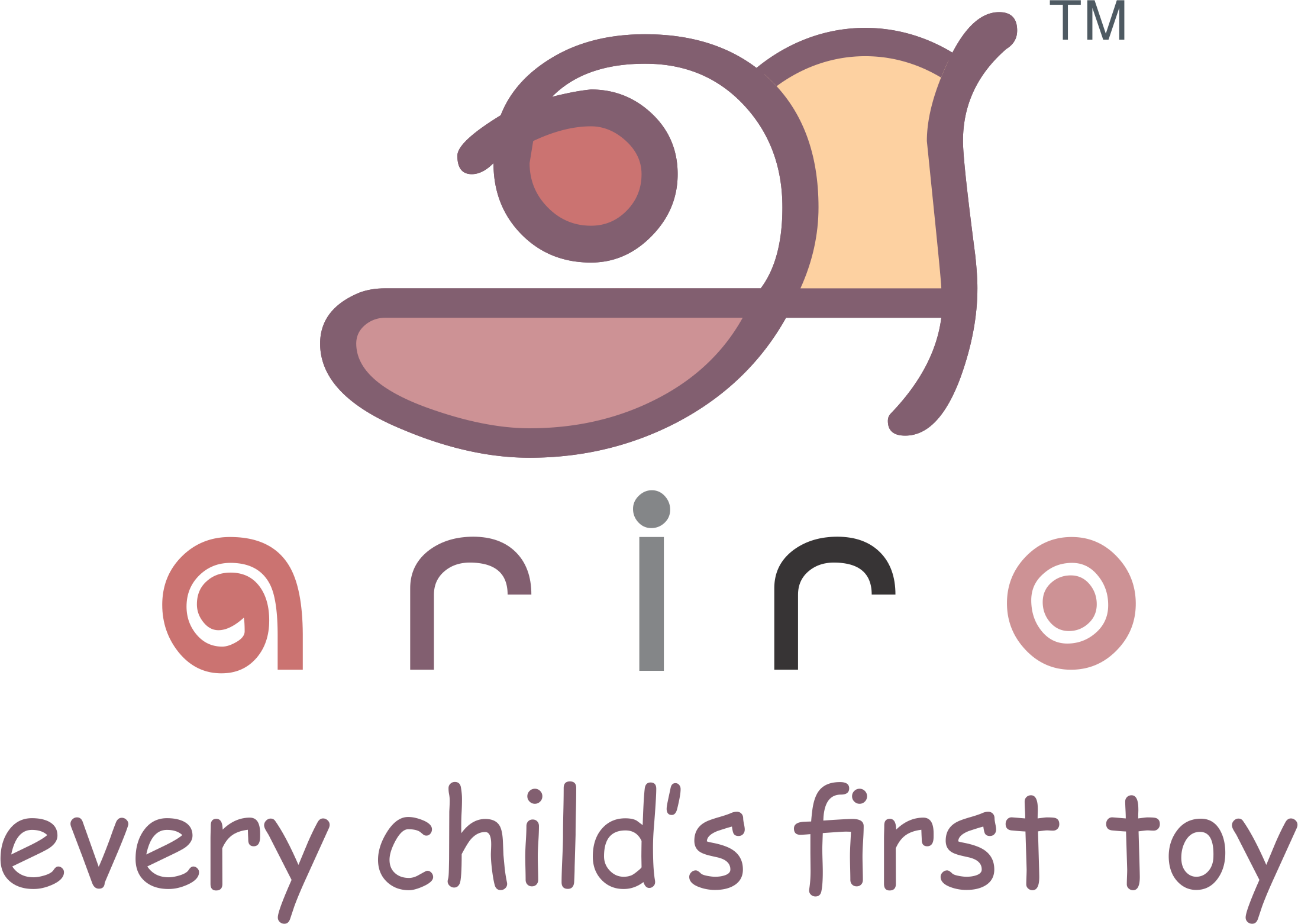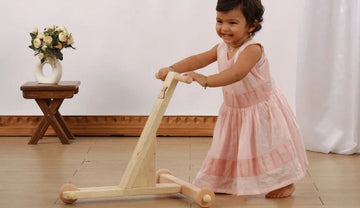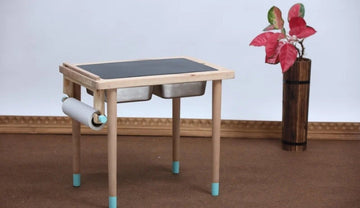One of the most exciting questions every parent asks is, “When will my baby start walking?” Watching those first wobbly steps is not just a milestone, but a moment filled with pride, joy, and even a little nervousness. Walking marks the beginning of independence, opening up a whole new world of exploration for your little one.

The truth is, there is no single “right” age. Most babies begin walking between 9 and 15 months, but every child’s journey looks a little different. What matters most is creating the right environment and offering gentle baby walking support. With thoughtfully designed tools like a wooden push wagon or baby activity walker wooden, you can give your child the confidence and safety they need while developing balance, strength, and coordination.
Signs Your Baby Is Ready to Walk (9–12 Months)
If your child is between 9 and 12 months, here are some signs that they may be preparing to walk:
-
Pulling up to stand by using furniture or your legs
-
Cruising sideways along couches or low tables
-
Standing briefly without support to test balance
-
Taking assisted steps with your hands or a sturdy object
-
Showing curiosity by reaching for toys just out of range
Each of these signs shows growing balance, coordination, and curiosity. By observing these signals, parents can step in with the right encouragement and tools at the right time.
How to Support Walking at Home
The best way to support walking is to provide space, encouragement, and the right tools. Babies need safe, open areas where they can practice standing and cruising. Barefoot practice is especially helpful, as it allows them to feel the ground and strengthen the small muscles in their feet.

Instead of holding their hands constantly, give them opportunities to explore balance independently. Offer sturdy furniture at their height to pull up on. Most importantly, avoid products that restrict natural movement, like commercial walkers. Montessori-inspired alternatives such as the wooden push walker for baby encourage independence while prioritizing safety.
Why Choose a Wooden Push Wagon or Walker
Montessori principles emphasize independence, confidence, and natural movement. A wooden push wagon aligns beautifully with this philosophy. Unlike traditional walkers, a wooden walker in India provides stability while still allowing babies to move at their own pace. It encourages natural walking patterns, heel to toe, without forcing the body into unnatural positions.

Parents often ask which is the best wooden walker. The answer lies in choosing one that is safe, toxin-free, sturdy, and designed for balance. A three wheel wooden walker is an excellent option as it provides steady support without tipping, making those first steps secure and confidence-building.
👉 [Shop the Wooden Push Wagon]
Creating a Walking-Friendly Environment
Beyond toys, your home setup plays a big role. Keep floors clear of clutter and provide soft mats for safe practice. Place favorite toys just out of reach to encourage stepping forward. Celebrate every small achievement, whether it is pulling up, cruising, or letting go for just two seconds.

Encouragement matters as much as equipment. Avoid rushing or comparing your child to others. With patience and consistency, their confidence will grow, and soon they will be moving independently.
Walking Is Just the Beginning
Walking is not only about physical ability, it represents curiosity, independence, and exploration. Once your child begins walking, they will quickly move toward running, climbing, and navigating stairs. Each step is a foundation for the next stage of gross motor development.

With Montessori-inspired tools like the wooden push wagon, baby activity walker wooden, and three wheel wooden walker, you can make this journey safe, joyful, and purposeful.
So, when do babies start walking? Most take their first steps between 9 and 15 months, but the more important question is: how can we support them with care and confidence? By creating a safe environment, recognizing readiness signs, and choosing the best wooden walker, parents can guide their little one through this milestone with joy.

Every wobble, step, and fall is part of the learning process. With patience, encouragement, and thoughtfully designed tools, your baby’s first steps will turn into confident strides in no time.






